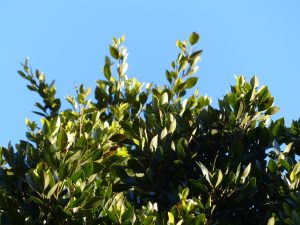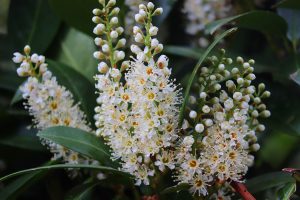Bay Laurel (Laurus nobilis)
The Bay Laurel, Laurus nobilis, is an evergreen tree or large shrub that is native to the Mediterranean region. It is best known for its aromatic leaves, which are commonly used as a culinary herb, particularly in Mediterranean and European cuisine. This hardy tree typically grows to a height of 30 to 60 feet (9 to 18 meters) in optimal conditions, though it is often kept smaller through pruning.
It’s leaves are dark green, glossy, and elliptical, measuring 2 to 4 inches (5 to 10 cm) long. These leaves are thick and leathery, releasing a strong, pleasant fragrance when crushed. In spring, the tree produces small, yellowish-green flowers, which are followed by small, dark purple to black berries. The bark is smooth and gray, and the tree has a dense, pyramidal or oval-shaped crown.
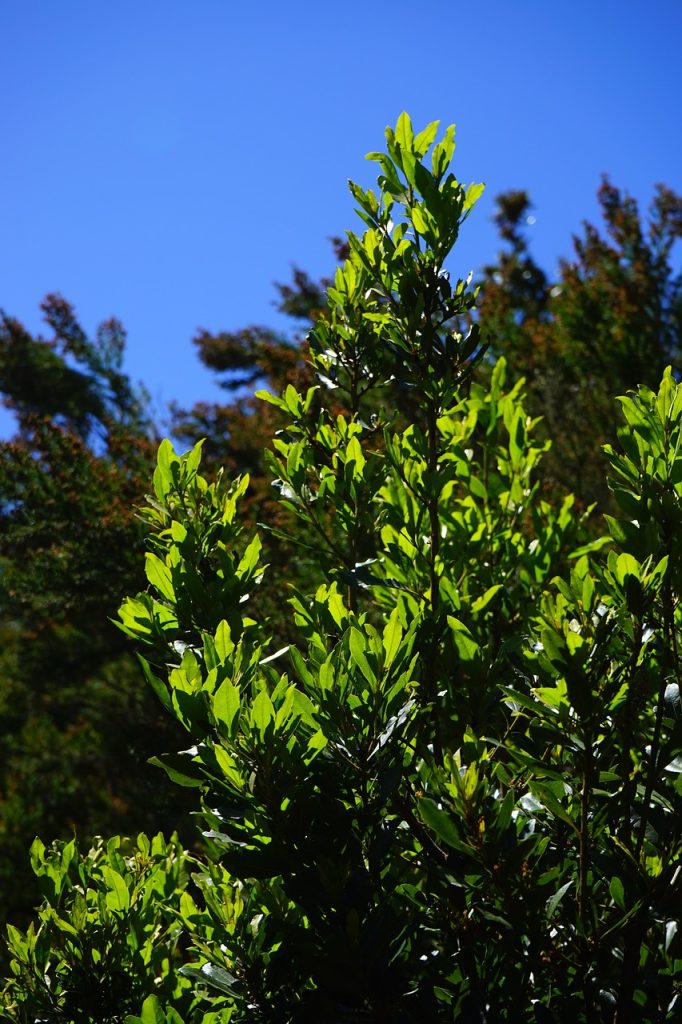
Bay Laurel thrives in well-drained soils and prefers full sun to partial shade. It is drought-tolerant once established, making it well-suited to the dry Mediterranean climate. The tree is slow-growing but long-lived, often living for several centuries. Due to its aromatic foliage and attractive form, Bay Laurel is also widely planted as an ornamental tree or hedge.
In addition to its culinary uses, Bay Laurel has cultural and symbolic significance. In ancient Greece and Rome, it was associated with victory and honor, with laurel wreaths being awarded to victors in athletic competitions and military commanders. The tree’s essential oils, extracted from its leaves and berries, are also used in traditional medicine for their antiseptic and anti-inflammatory properties.
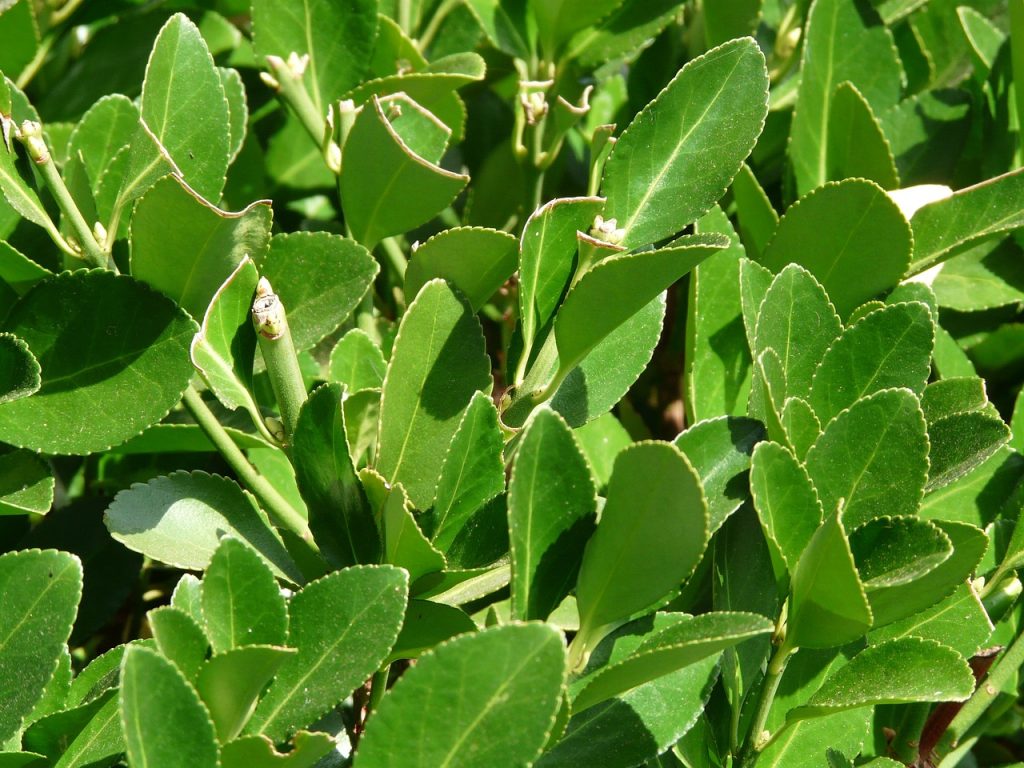
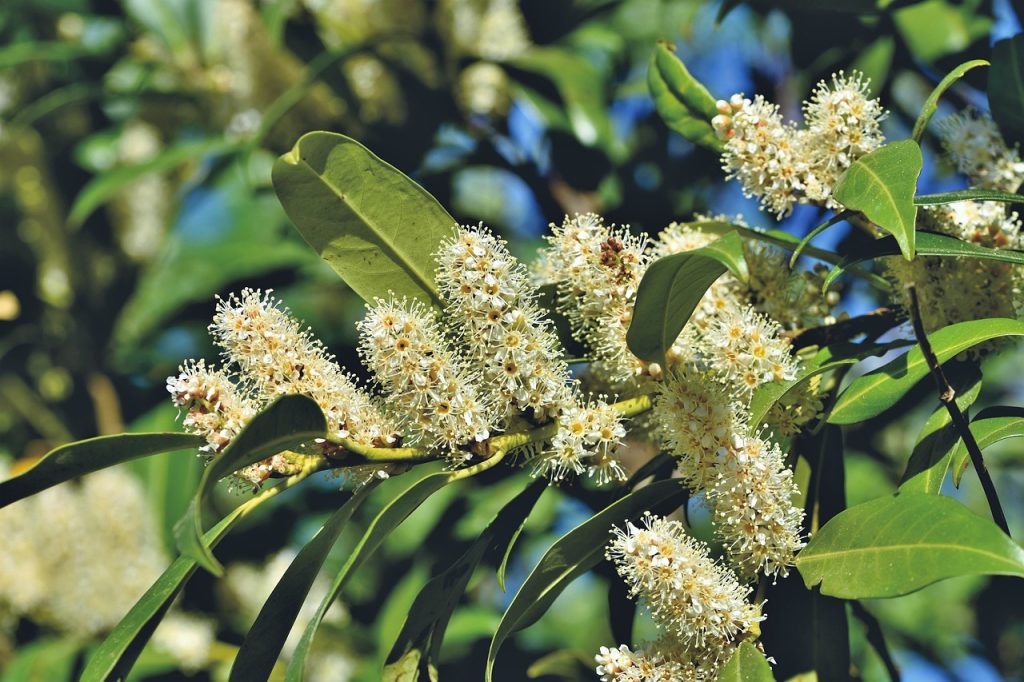
Scientific Classification of Bay Laurel
| Kingdom | Plantae |
| Clade | Angiosperms |
| Clade | Eudicots |
| Order | Laurales |
| Family | Lauraceae |
| Genus | Laurus |
| Scientific Name | Laurus nobilis |
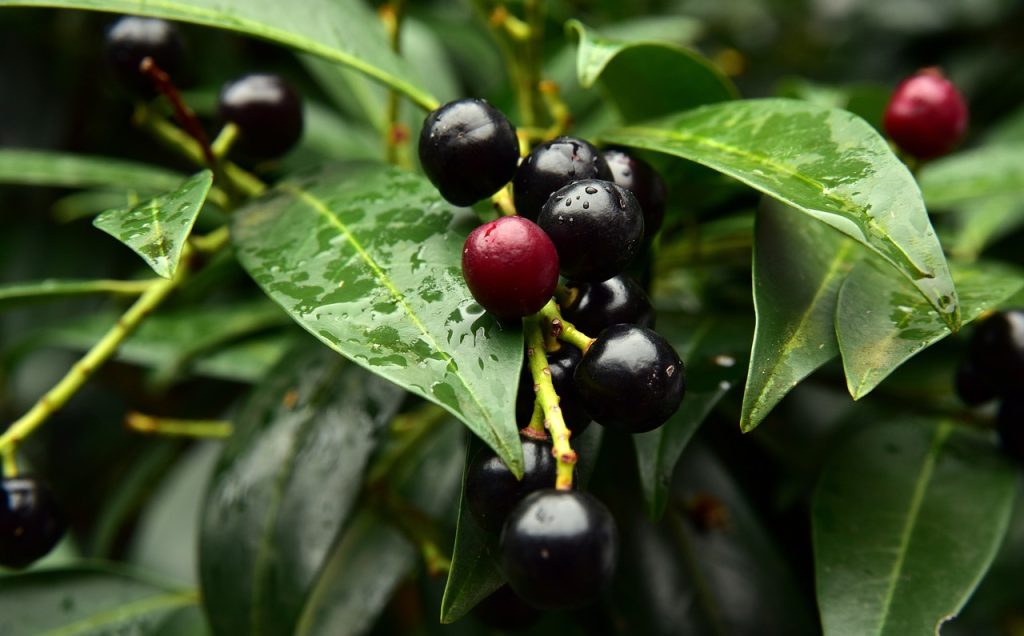
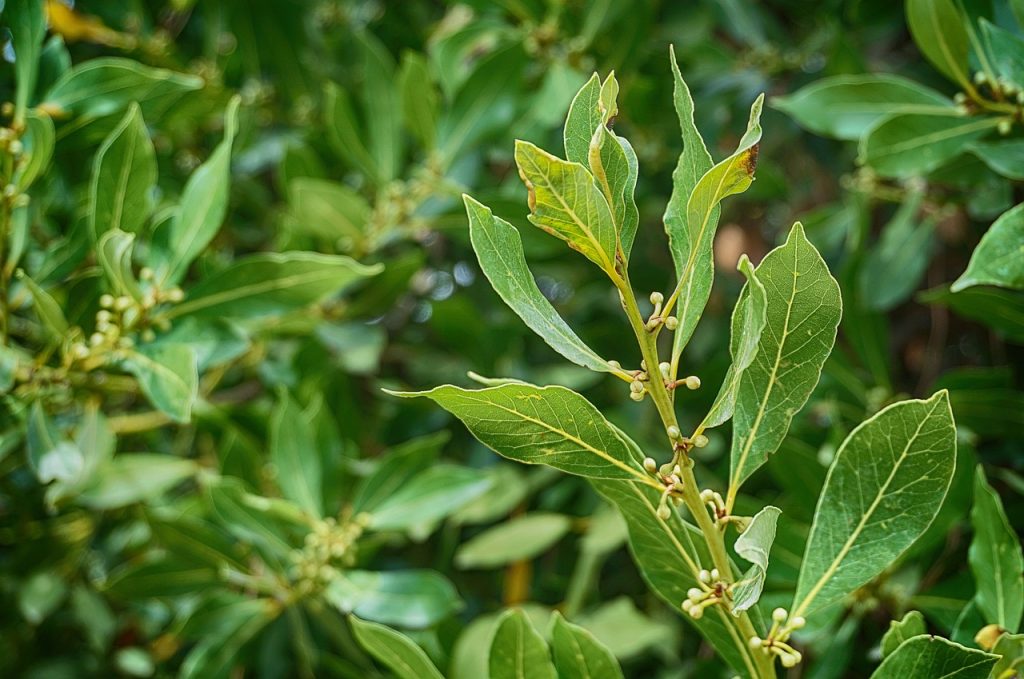
Quick Information
| Plant Type | Evergreen tree or large shrub |
| Identification | Height: Typically 30 to 60 feet (9 to 18 meters) tall Leaves: Dark green, glossy, elliptical, 2-4 inches (5-10 cm) long; aromatic Stem: Smooth, gray bark Flowers: Small, yellowish-green, appear in spring Roots: Extensive, shallow root system Growth Habit: Pyramidal or oval-shaped crown Crown: Dense and rounded |
| Distribution | Native to the Mediterranean region; widely cultivated in similar climates worldwide |
| Habitat | Grows in well-drained soils, commonly found in coastal areas, hillsides, and gardens |
| USDA Hardiness Zone | 8 through 10 |
| Growth Rate | Slow-growing; typically grows about 12-24 inches (30-60 cm) per year |
| Lifespan | Long-lived, often several centuries |
| Growing Conditions | Sunlight: Full sun to partial shade Soil: Well-drained, prefers sandy or loamy soils Water: Drought-tolerant once established, requires minimal watering |
| Drought Tolerance | High; well-suited to dry Mediterranean climates |
| Diseases | Susceptible to root rot in poorly drained soils, and fungal infections |
| Pests | Scale insects, aphids, and leaf miners |
| Reproductive System | Dioecious; male and female flowers on separate plants |
| Propagation | Through seeds or cuttings |
| Wildlife Value | Provides food (berries) and habitat for birds and insects |
| Uses | Culinary herb (bay leaves), ornamental planting, essential oils for medicinal purposes |
| IUCN Conservation Status | Not currently listed as threatened; widely cultivated and managed |
